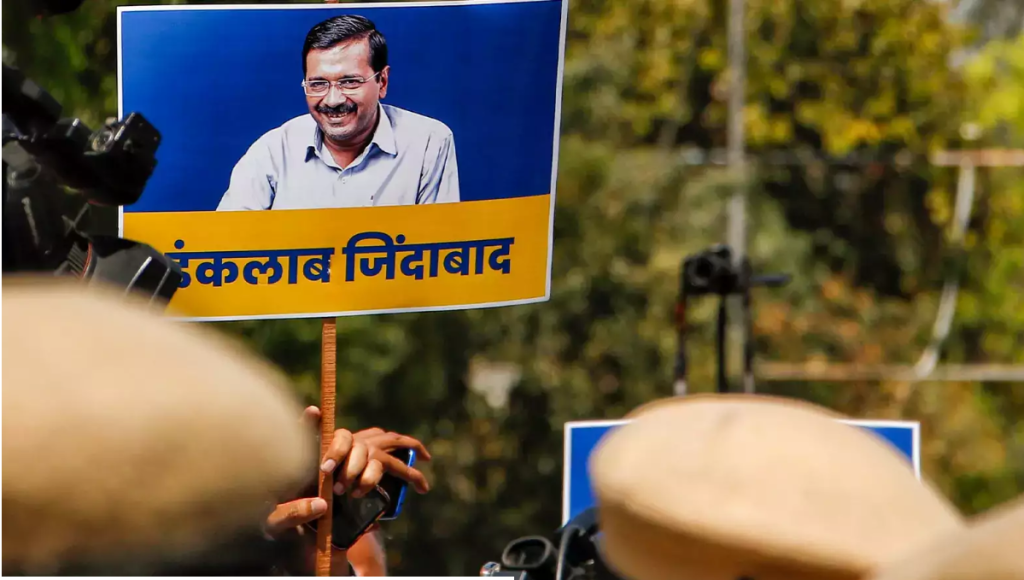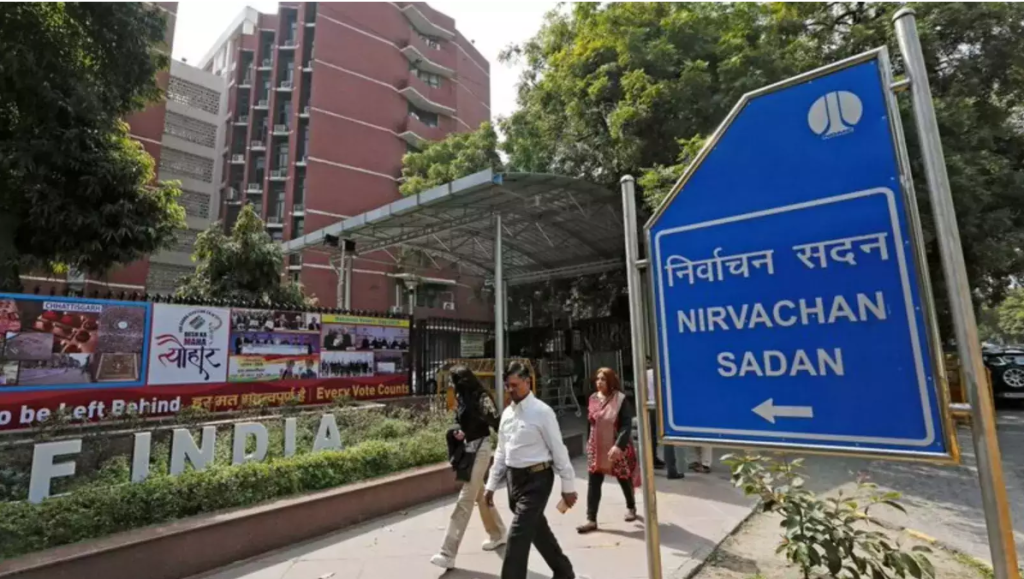The Dabhol Power Corporation (DPC), once touted as the showpiece of foreign direct investment in India, is now a shut-down wreck. Why? Because it failed the commercial test of satisfying consumer demand. It created too much production capacity (2,144 MW) at a cost consumers were unwilling to pay. That is recipe for industrial sickness anywhere in the world. DPC thought that payment guarantees from the Maharashtra and Central governments would provide it full protection from commercial risk. That was an error. Governments will stake their reputation to cover commercial risks up to a point, but beyond that they may decide that the cost (in terms of international reputation and creditworthiness) of default is lower than the cost of paying up.
Kenneth Lay, President of Enron, wants to quit India, selling his 65 per cent stake in DPC. He hopes to get back his money in full. Is that realistic? Not at all. Dabhol is for practical purposes a sick unit, and no promoter can get out of a sick unit except at a heavy loss. If the project is to be revived, by existing or new owners, major financial sacrifices will have to come from all stakeholders. Enron and its foreign equity partners, Bechtel and GE, will have to take a hit. Lenders to the project, led by IDBI, will have to take a hit. The Maharashtra government, which was simultaneously a shareholder, buyer and guarantor, will have to take a big hit. The central government, which counter-guaranteed the project, must take a hit too.
The second stage of DPC (1,444 MW), along with a big terminal to receive liquefied natural gas, is almost 90 per cent complete. It makes sense for all stakeholders to take a hit and complete the project. Mistakes may have been made at Dabhol, but once all stakeholders pay these mistakes through financial sacrifices, what remains will be a major national asset.
When a sick unit is revived, the shareholders typically take the biggest percentage hit. In the opinion of Dr Madhav Godbole, head of the renegotiating team for Dabhol, Enron should not expect more than 25 cents back for every dollar of equity invested. Other financial experts put the figure at between 25 and 50 cents to the dollar. Which means Enron and its fellow foreign investors, General Electric and Bechtel, will lose more than $ 500 million of the $ 1.1 billion they claim to have brought in.
Will Enron accept such a deal? I suspect it will, after a struggle. It has two alternatives. One is to stay on and accept the Godbole Committee\’s offer of a reduced 16 per cent return in rupee terms, hoping with fingers crossed that the struggling Maharashtra State Electricity Board (MSEB) will be able to pay this reduced rate. Instead, it wants to quit.
It could pursue the formal termination-of-contract route, which could in theory recover all its incurred costs plus assured profits for 20 years- several billions of dollars. But the legal route is long, difficult and uncertain. Even if Enron wins a decree after exhausting all appeals, getting payment from a sovereign entity that does not want to pay is difficult. Many other suppliers have not been paid by state governments for years, and cannot get redress from the moribund legal process. Sad, but true. I suspect Enron will ultimately accept this reality, and get out at a loss.
But will anybody buy the 85 per cent stake of the three foreign investors, even at a heavy discount? Since the original price agreement is being scrapped and a new one will have to be negotiated, no new buyer at this stage can know how much to pay for Enron\’s shareholding. Besides, grave doubts will continue on the ability of MSEB to meet even reduced commitments. So, the most logical buyer today is MSEB itself. Once it becomes sole owner, the price agreement will become an internal matter that does not require lawyers or new contracts. This is the most practical way out.
However, MSEB is broke. How will it find the large sums needed to buy out the foreign stake? This is where the central government can come in. It has counter-guaranteed the project, with a maximum liability of $ 300 million. So, it should offer this $ 300 million (maybe as part grant and part soft loan) to MSEB, to buy out the foreign shareholders. The Maharashtra government, which has also guaranteed the project, needs to come up with additional cash of its own. That should suffice for the buy-out.
Indian and foreign lenders have lent two billion dollars to DPC, and they too will have to take a hit. They have three options: forgive part of their loans, reschedule them on highly concessional terms, or convert a big chunk of loans into equity, with no hope of any dividend for years. IDBI guaranteed the foreign loans for a hefty commission of 3 per cent. In view of the sovereign arantees, IDBI thought that the fat commission was a free lunch. It now knows better.
Not even this will help unless stern measures are taken to reform the SEB. Theft must be checked, corrupt linesmen must be sacked, all consumption must be metered, bills must be sent and collected on time, defaulters must be disconnected. Neglect of these > basic commercial principles has brought MSEB and other SEBs to their knees. Unless these principles are observed, insolvency and collapse will occur regardless of any rescue package for Dabhol.
Enron is not the only loser at Dabhol. Every other actor is a loser too. Foreign investors and lenders will now avoid the Indian power sector like the plague, and Maharashtra\’s attraction as a foreign investment destination will suffer. Once, India used to boast that it honoured contracts whereas China did not. That now looks an empty boast. The cost of that0 will go far beyond Dabhol.




